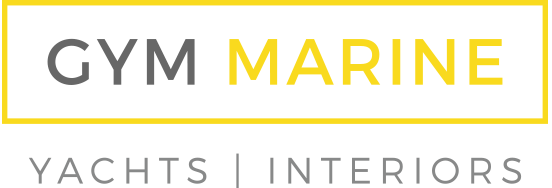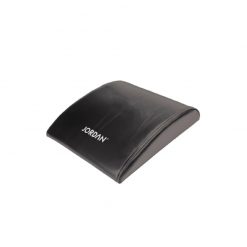Escape Fitness Ubersoft Roller
Escape Fitness Ubersoft Roller is great post workout, release muscle tension and tightness. It’s also great for flexibility and balance. The user-friendly roller comes in a stylish light grey.
The Escape Fitness Ubersoft Roller helps you get flexible
The Escape Fitness Ubersoft Roller eases tension and tightness with a forgiving massage, it’s the perfect post workout buddy. Achieve greater muscle flexibility and improve balance with this rolling device. Coming in a stylish light grey, allow this piece of equipment to blend in with your luxury gym. The Ubersoft roller is suitable for all fitness levels and is great for beginners.
Key Features of the Escape Fitness Ubersoft Roller:
- Great for flexibility and balance
- Reduces muscle tightness and tension
- Comes in a stylish light grey colour
| Dimensions | 90.5 × 15 cm |
|---|---|
| Warranty | 1 year |
Brand
Escape Fitness
Escape Fitness will give you the functional training kit you need
Founded in 1998 Escape Fitness is now an international name with distributors in 80 countries. Their product innovation has seen them produce some of the most popular gym equipment on the market such as the Escape Training Bag and gloves as well as various freeweights. They have also now released their own Escape Your Limits podcast that is hosted by their co-founder Matthew Januszek. These interviews enable subscribers to really get inside the minds of entrepreneurs, industry influencers and more, benefitting from their insight and experience and have proved very popular with customers. Working with many well-known brands including London's 1Rebel, Fitness First and Equinox, we are a proud distributor of Escape Fitness products and they complete many of our superyacht and home gyms.
Product Question
Please contact us for international shipping options. We’re able to ship most of our products worldwide.









